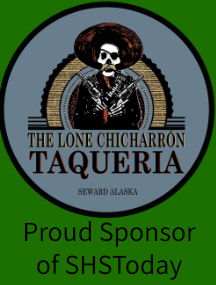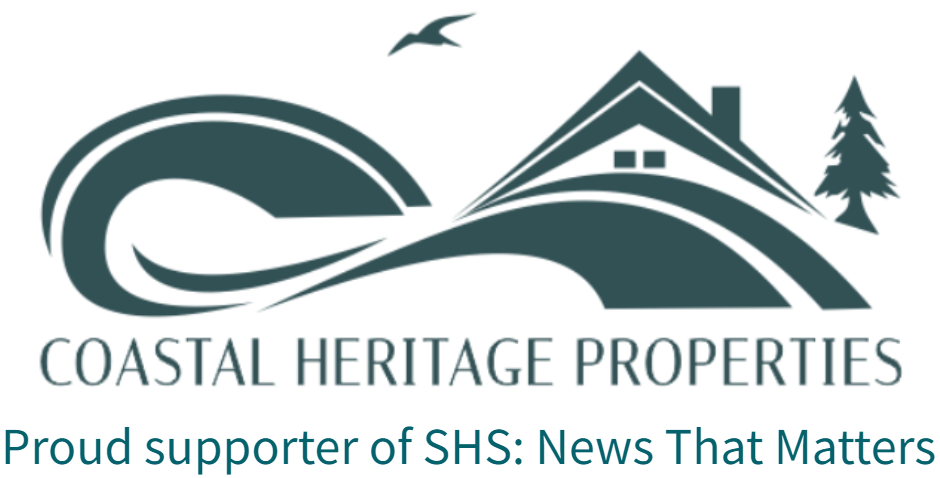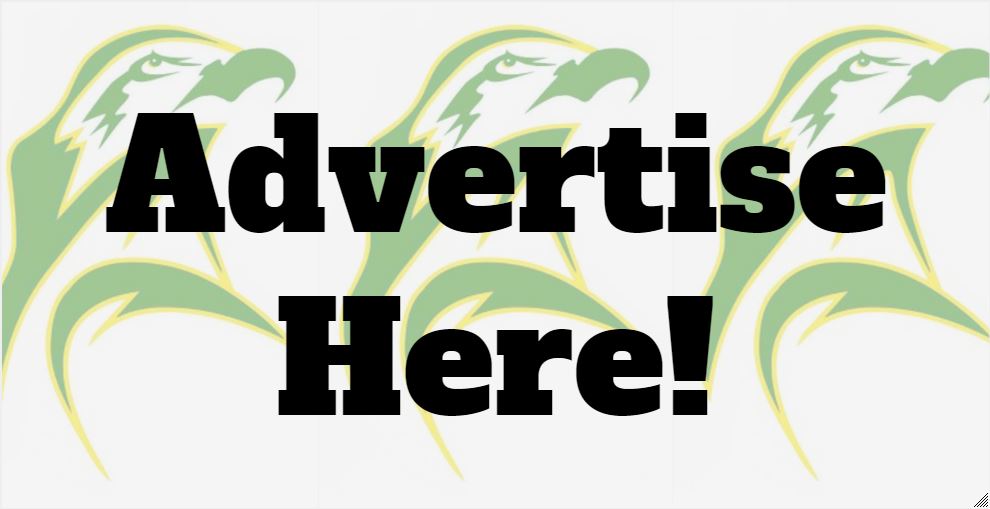Lessons from Another Land of Ice and Snow
May 5, 2020
It has been almost two months since I returned from my week in Reykjavik, Iceland, where I attended the 6th Annual Planet Youth Conference. I initially meant to record every experience and lesson so I could share it, but instead found COVID-19 too distracting. Now that things have slowed down, I finally have the opportunity to put everything I learned to good use.
I traveled with Katie Cornwell, Seward Prevention Coalition Executive Director; Tommy Glanton, Chief Clinical Officer at SeaView Community Services; Maggie Wilkins, Boys & Girls Club Seward Unit Director; Tara Craytor, Youth 360 Seward Program Coordinator;Michael Craytor, Behavioral Health Consultant at Seward Community Health Center, and Calista Craytor, a baby who served as entertainment and a conversation starter for the many people who attended the conference.
Every morning, offset by the nine-hour time difference, which no amount of complementary coffee could aid, we listened to the esteemed speakers from the Icelandic Centre for Social Research and Analysis, as well as prevention specialists from across five continents. Representatives from Chile, Ireland, the United States, Australia, and more occupied the room as we attempted to absorb every ounce of knowledge thrown our way.
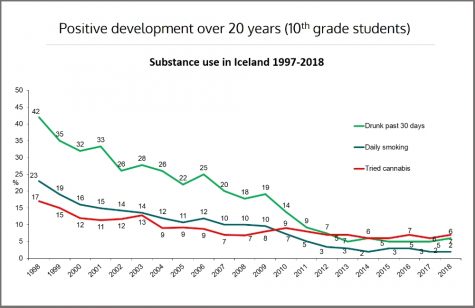
In the 90s, 42% of Icelandic teens reported recent use of drugs or alcohol. Feeling hopeless and overrun by youth under the influence, the nation began to search for a solution as violence, disorder, and addiction overtook the country. While Iceland’s new ideas for combating substance abuse seemed futile at first, they quickly surpassed the worn-out methods of the past.
In the most recent survey, only 5% of teens reported drug or alcohol use. This is a result of improvements like an enforced curfew, parents knowing where their kids are/whom they are with, better communication between schools, parents, and coaches, providing parents with accurate information, and making leisure activities more accessible.
The Icelandic Model, the name of the process which achieved this, starts with the formation of a coalition or group. In Seward, this is the Seward Prevention Coalition and their Youth 360 program. The goal of this program is to have “youth and families thriving in a caring and connected community”. They plan to do so by providing activities and opportunities for Seward. Through communication with the community and data provided through surveys, the program will recognize problems, substance abuse related or not, and find the best ways to address them through activities, opportunities, and community-wide support.
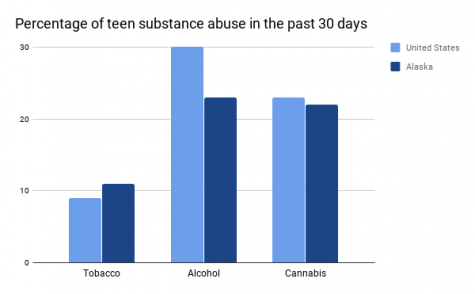
Traditionally, we present substance abuse prevention to youth in the form of a cartoon lion or the passionate speech of a recovered drug user. While these have positive effects, they ultimately fail at significantly altering substance abuse rates. The Icelandic Model approaches the seemingly unbeatable problem from a different angle. Instead of telling kids to just say ‘no,’ they asked why people turned to substances in the first place. For some young people, drugs and alcohol provide a quick, entertaining escape from the stress of school, home, and social life. Combined with the influences of their surroundings, including media, peers, and family, it is no mystery why most teens will begin substance use at 13 to 14-years-old. One of the main goals of the Icelandic Model is to delay the use of substances as long as possible. The younger a person begins using, the more likely they are to develop an addiction or die prematurely.
The model attempts to replace the high from substances with a ‘natural’ high or, at the very least, an alternative. Kids in Reykjavik can participate in sports, the arts, clubs, and enjoy the many activities of local establishments regardless of their economic status. Each child from ages 6-18 is given a leisure card with an approximate allotment of 340 American dollars, which can be used to participate in various activities.
As a result, Iceland’s youth have a 96% participation rate in sports or extracurriculars. It’s not because they have more recreation centers or resources, but rather because their options are affordable and accessible to everyone. The Icelandic Model doesn’t aim to eradicate drugs or penalize youth for being tempted; instead, it creates community-wide support for every individual and allows participation in fun and rewarding activities. As Harvey Milkman, Senior Advisor for ICSRA, put it, “It is better to build a child than to repair an adult.”
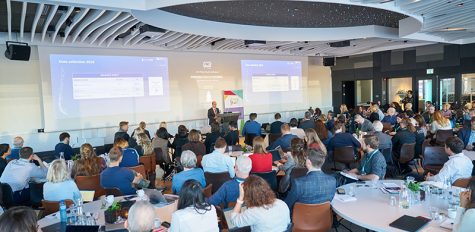
Beyond the world of recreation, the Icelandic Model creates a support system for each child through family, peers, school, and extracurriculars. As speaker Sigridur Johannsdottir said, “It takes a neighborhood to raise a child.” By opening up lines of communication, a child can receive the support they need to be pushed in productive directions. There is an emphasis on beginning sports and other hobbies at a young age.
Even toddlers are included in these activities; although, instead of running laps, they learn valuable skills, like how to brush their teeth, clean their rooms, and enjoy time with their families. When it comes to substance use, the earlier people use drugs or alcohol, the more likely they are to develop an addiction. Similarly, an early exposure to productive activities is more likely to evolve into lifelong participation, but without the drastic consequences which accompany drugs/alcohol.
Although Iceland has been incredibly successful in transforming a country with a bad reputation into a nation with one of the lowest substance abuse rates in the world, their model was created for their society and culture. Now, as we take the research, experience, and lessons from Iceland and bring them to Seward, we will face the challenge of adapting the model to our community. Despite the many countries taking inspiration from Iceland’s success, the model itself is relatively new, and we will simply have to wait and see if it manages to effectively transfer to other nations. Fortunately, Iceland has the same midnight sun, gorgeous mountains, and affinity for fishing as Seward, Alaska, so we can hope the transition will be a bit easier for us.
So, exactly what can Seward expect from the Icelandic Model and Youth 360? While the project is just beginning, there are certainly some incredible ideas in the works. Every citizen of Seward, toddler to senior, will be able to appreciate the support, activities, and communication gained from the implementation of the Icelandic Model. Hopefully, we will see a decrease in substance use and a better variety of classes, extracurriculars, and recreational areas for the community. Afterall, the basis of the Icelandic Model, beneath the data, jargon, and detailed plans, is community. Fortunately, Seward is already a town with incredible teachers, parents, and citizens who are ready to support youth; all we need to do is ask.
To learn more about the Icelandic Model, you can check out planetyouth.org.
If you’re interested in more details or want to get involved, you can also contact Youth 360 program coordinator Tara Craytor at youth360sak@gmail.com.


